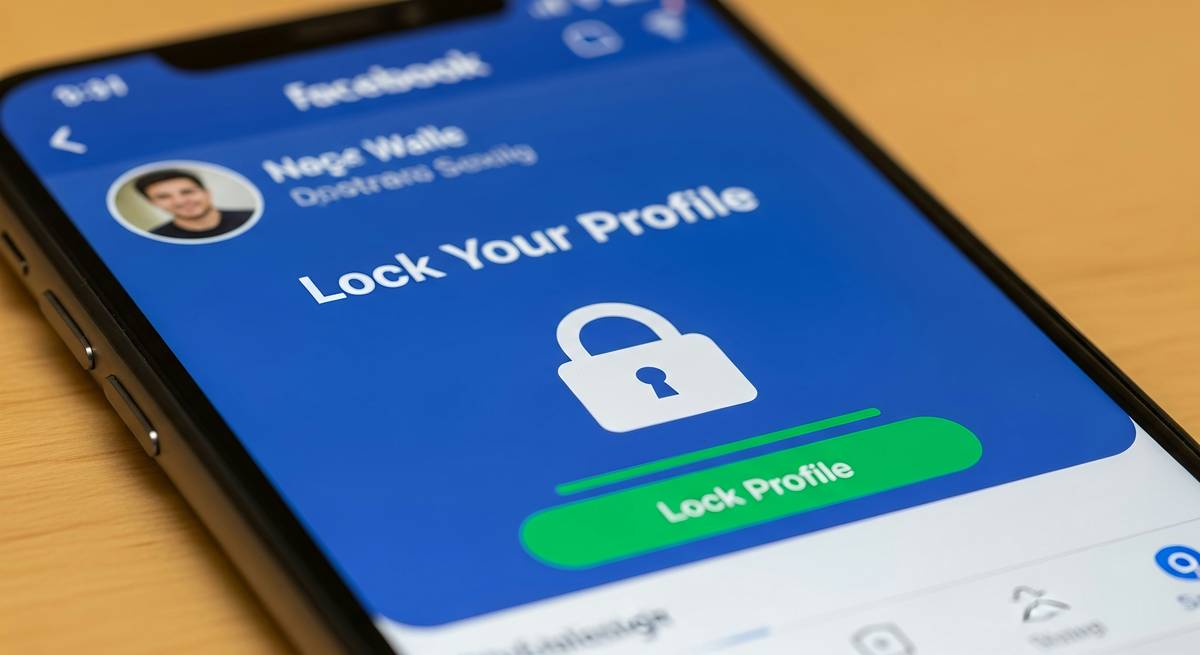Hook: Did you know that phishing attacks account for 90% of data breaches? Yeah, it’s the digital equivalent of someone slipping on a banana peel—only way less funny and with bigger consequences.
In this post, we’ll tackle the sneaky world of phishing attacks head-on. You’ll learn why they’re so dangerous, actionable steps to prevent them, and best practices to keep your data secure. Plus, we’ll sprinkle in some brutally honest takes and quirky tips because cybersecurity doesn’t have to feel like chewing gravel.
Table of Contents
- Why Phishing Attacks Are a Growing Threat
- Step-by-Step Phishing Attack Prevention Tips
- Top Tips for Staying Safe Online
- Real-Life Examples of Phishing Scams
- FAQs About Phishing Attacks
Key Takeaways
- Phishing is a pervasive threat, but awareness can drastically reduce risks.
- Proactive measures like multi-factor authentication (MFA) and email filtering tools are essential.
- Regular employee training plays a critical role in preventing phishing attempts.
Why Phishing Attacks Are a Growing Threat
“Ever clicked a link in an email thinking it was legit, only to realize you just handed over your soul?” No? Maybe that’s just us… *awkward cough.*
Phishing isn’t new, but its evolution makes it scarier than ever. According to Verizon’s Data Breach Investigations Report, phishing remains one of the top vectors for cybercrime. Why? Because humans are easier targets than firewalls.

Image: Phishing leads the pack among causes of cyberattacks.
The problem lies in how convincing these emails look. Whether it’s a fake login page or an innocent-looking PDF attachment, scammers are pros at mimicking trusted sources. And if you think you’re immune, here’s a truth bomb: even tech-savvy people get duped sometimes.
Step-by-Step Phishing Attack Prevention Tips
Optimist You: “Let’s crush those phishers!”
Grumpy You: “Yeah, cool. But let me finish my coffee first.”
Okay, team. Let’s dive into practical steps to protect yourself and your organization from phishing scams.
Step 1: Recognize Red Flags
The first line of defense is knowing what to watch out for:
- Generic greetings: If the email says “Dear Customer” instead of using your name, raise an eyebrow.
- Urgent tone: Scammers love pressure tactics like “Your account will be suspended!” Chill. Take a breath.
- Suspect links: Hover over hyperlinks before clicking. Does the URL match the sender’s domain? If not, don’t click.
Step 2: Enable Multi-Factor Authentication (MFA)
MFA adds an extra layer of protection. Even if a scammer gets your password, they’d need access to another device (like your phone) to log in. It’s chef’s kiss for drowning phishing threats.
Step 3: Use Email Filtering Tools
Email services like Gmail and Outlook come equipped with spam filters, but third-party tools like Proofpoint take things up a notch. These systems scan incoming messages for signs of phishing and quarantine suspicious ones.
Top Tips for Staying Safe Online
- Educate Yourself & Your Team: Conduct regular training sessions to teach employees how to spot phishing attempts.
- Keep Software Updated: Outdated software = open doors for hackers. Patch everything ASAP.
- Secure Passwords: Use long, complex passwords and consider a password manager like LastPass.
- Avoid Free Wi-Fi: Public networks are playgrounds for cybercriminals. Stick to secure connections.
Bonus Tip: Bookmark reputable resources like Anti-Phishing Working Group for updates on recent scams.
Real-Life Examples of Phishing Scams
Let’s talk about Bob. Poor Bob works in HR and thought he was downloading payroll software. Turns out, it was ransomware disguised as a ZIP file. Lesson? Always verify attachments—even when they seem harmless.

Image: A real phishing email pretending to be from PayPal.
Another infamous case? The 2016 DNC hack, which started with a simple phishing email targeting Hillary Clinton’s campaign chair. This proves no one is too big—or small—to fall victim.
FAQs About Phishing Attacks
What is a phishing attack?
A phishing attack tricks users into revealing sensitive information by posing as a trusted entity via email, text, or websites.
How do I report a phishing attempt?
Forward suspicious emails to your IT department or use platforms like Google’s Report Phishing tool. For broader issues, contact authorities like the FTC.
Can antivirus software stop phishing?
Antivirus helps detect malware delivered through phishing, but human vigilance is still key.
Conclusion
Phishing attacks aren’t going anywhere, folks. But armed with knowledge, tools, and skepticism, you can stay ahead of the game. Remember:
- Stay sharp and question every email.
- Invest in MFA and good software.
- Train your team regularly.
Now go forth and slay those phishers! Oh, and don’t forget your coffee—it fuels the grumpy optimist in all of us.
*P.S. Like a Tamagotchi, your cybersecurity needs daily care. Feed it wisely.* 👾


